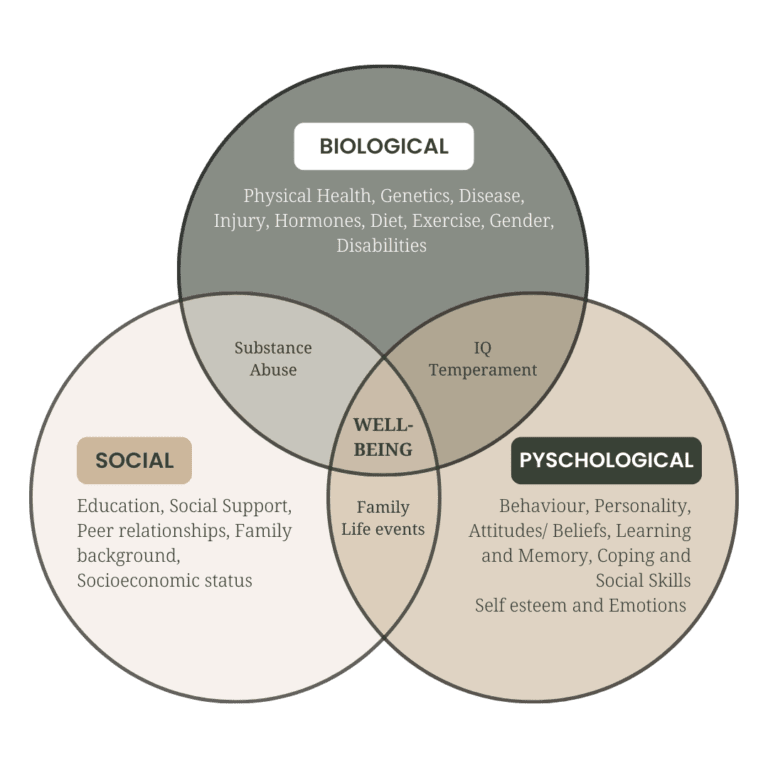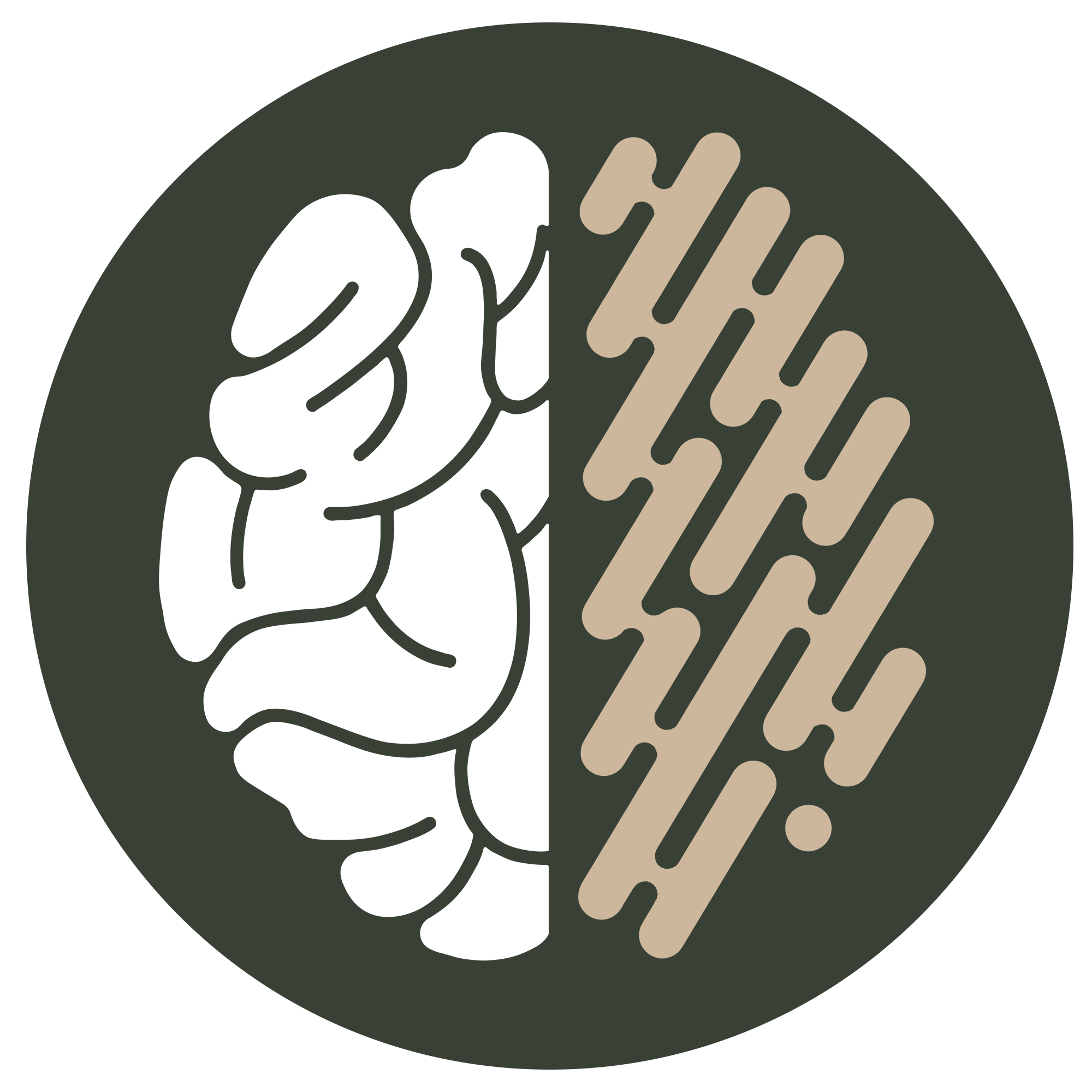Unlocking Workplace Potential | The Impact of Neurodiversity through the Biopsychosocial Model
Conversations around workplace neurodiversity are gaining increasing momentum; the need for improved neuro-inclusivity repeatedly highlighted by studies such as N.Doyle’s on neurodiversity at work. Offering ground-breaking insights, this study uses the biopsychosocial model to redefine our understanding of neurodiversity and its impact on working adults.
Understanding the Biopsychosocial Model
The biopsychosocial model developed by George L. Engel, is a comprehensive approach that examines how biological, psychological, and social factors interact to influence an individual’s overall experience and well-being. Rather than viewing health or behaviour in isolation, this model considers the complex relationship between an individual’s physical health (biological), mental health and cognitive processes (psychological), and their environment, relationships, and social influences (social). It provides a more nuanced understanding of human experiences. By noticing that these three dimensions are connected and together shape an individual’s functioning and behaviour.
When applied to neurodivergent individuals, the biopsychosocial model helps us understand how their unique neurological makeup (biological factors) interacts with their mental health, cognitive style, and self-perception (psychological factors). As well as with their workplace environment, social relationships, and societal attitudes (social factors).

Key Findings of the Study
This study explores the impact of neurodiversity in the workplace through the lens of the biopsychosocial model. Offering groundbreaking insights into how biological, psychological, and social factors overlap to shape the experiences of neurodivergent individuals. By looking at these dimensions, the research highlights the critical role that organisations and society play in supporting neurodiversity.

Societal and Organisational Responsibilities
The study emphasises that organisations, and wider society, both have a role in supporting neurodivergent individuals. This includes creating environments where they can thrive and feel valued.

Impact on Occupational Performance
The research highlights how neurodiversity affects occupational performance. Encouraging organisations to create environments in which the unique strengths of neurodivergent individuals are celebrated.

Importance of Social Inclusion
A significant takeaway is the importance of social inclusion in the workplace, moving beyond mere accommodation to genuine acceptance and integration of neurodiverse employees.
Implications for the Workplace
The study highlights several implications for organisational practice:

The importance of neurodiversity policies; recognising the unique support needs of neurodivergent individuals to harness their talents.

The need for comprehensive organisational training to foster a truly inclusive environment for our neurodiverse workforce.

The benefits of adapting workplaces and job roles to improve neurodivergent staff productivity and job satisfaction.
Conclusion on Workplace Neurodiversity
The biopsychosocial model offers a holistic framework for understanding the experiences of neurodivergent individuals by considering the complex interactions between biological, psychological, and social factors. In the context of workplace neurodiversity, this model underscores how neurodivergent conditions—shaped by genetics and neurological differences—interact with mental health, cognitive styles, and the broader social environment, including workplace culture and societal attitudes. By applying this model, as highlighted in the study, organisations can better tailor their approaches to support neurodivergent employees, fostering an inclusive environment that leverages their unique strengths and enhances overall productivity.
This study serves as a critical reminder of the diverse nature of the workforce. Embracing neurodiversity is not merely a legal or moral obligation, but a strategic advantage resulting in to a more innovative, inclusive, and productive workplace.
NeuroBridge specialises in assisting your organisation to proactively make these changes. We would love to hear your thoughts on this topic. How does your organisation approach neurodiversity, and what changes would you like to see? Click below to book in a call with us!
Resources
Doyle, N. (2020). Neurodiversity at work: a biopsychosocial model and the impact on working adults. British Medical Bulletin, 135, 108 – 125. https://doi.org/10.1093/bmb/ldaa021.



